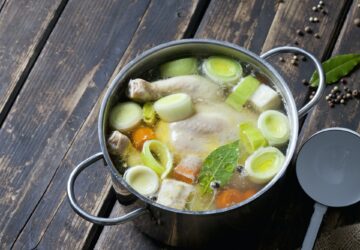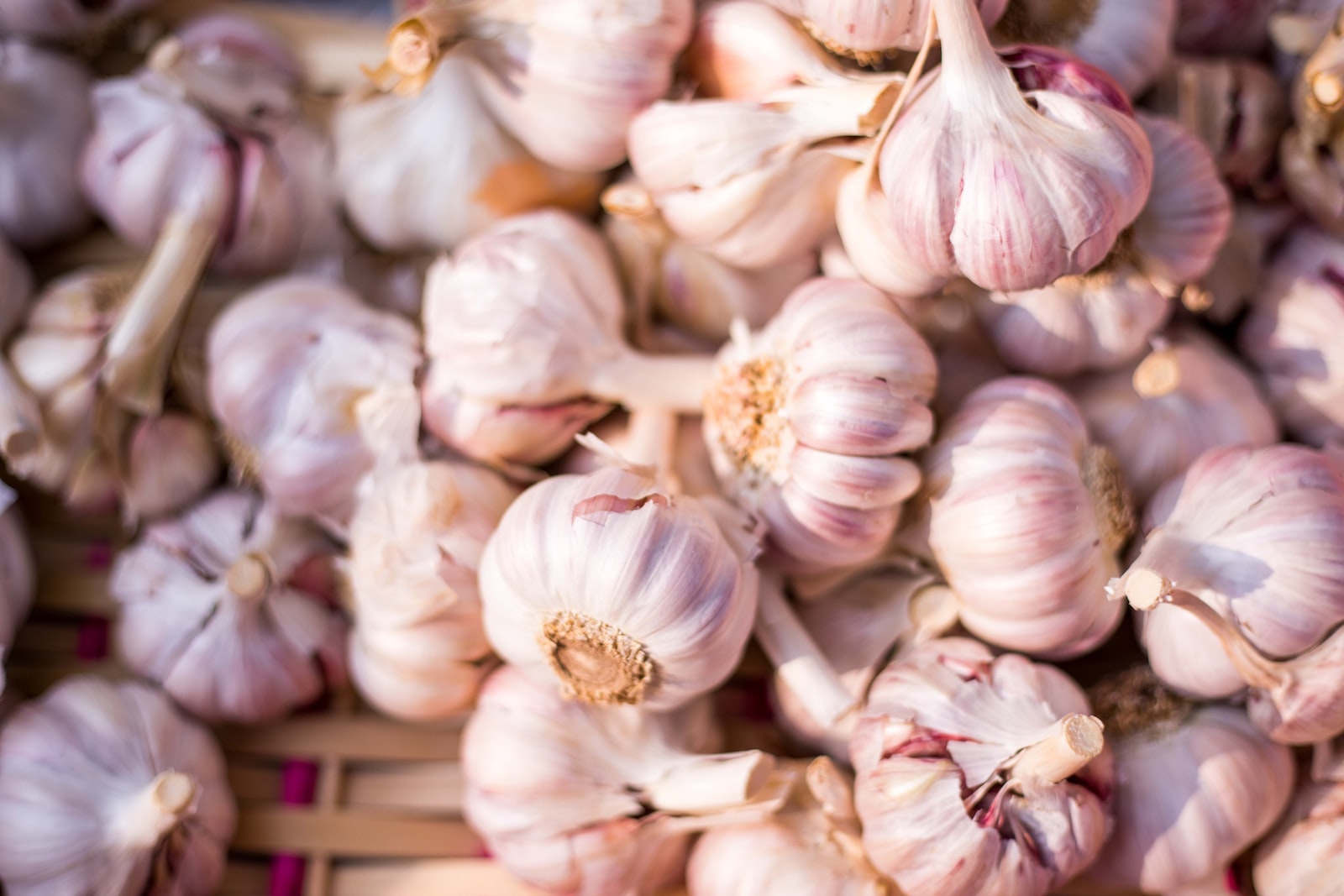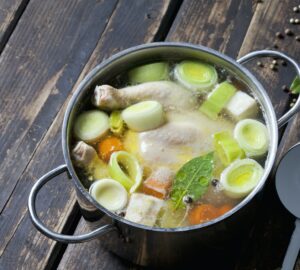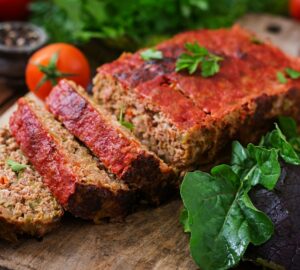Garlic is a pungent herb that has been used for centuries for its medicinal and culinary properties. It belongs to the Allium family, which also includes onions, leeks, and chives. Garlic is native to Central Asia and has been used in various cuisines worldwide for its distinctive flavor and aroma. In this response, we’ll explore some of the health benefits, culinary uses, and cultivation of garlic.
Health benefits: Garlic is well-known for its potential health benefits. It contains compounds like allicin, which have antimicrobial, antioxidant, and anti-inflammatory properties. Garlic may help lower blood pressure and reduce the risk of heart disease. It may also boost the immune system, reduce the risk of certain cancers, and improve cognitive function. However, more research is needed to confirm these health benefits.
Culinary uses: Garlic is a versatile ingredient that can be used in a variety of dishes. It can be eaten raw, cooked, or roasted. Raw garlic has a strong flavor and is often used in dips, dressings, and marinades. Cooked garlic has a milder flavor and can be used in sauces, soups, stews, and stir-fries. Roasted garlic has a sweet and nutty flavor and can be spread on bread, added to mashed potatoes, or used as a pizza topping.
Cultivation: Garlic can be easily grown at home, and it is a relatively low-maintenance plant. It can be grown in containers or in the ground, and it prefers well-drained soil and full sun. Garlic is typically planted in the fall and harvested in the summer. The bulbs are ready to be harvested when the leaves begin to yellow and wither.
Garlic is a versatile herb that has many potential health benefits and culinary uses. Whether you’re a fan of its strong flavor or not, it’s hard to deny the many uses and benefits of this ancient herb.








